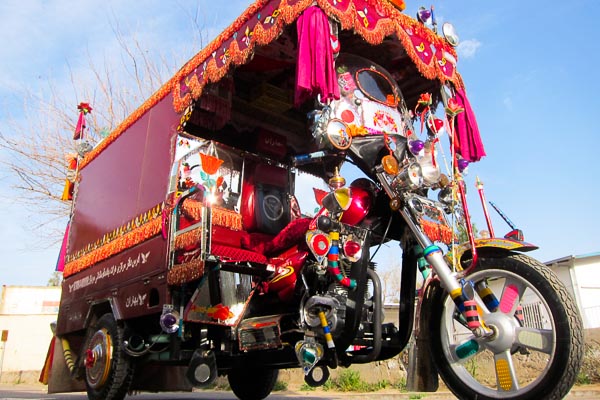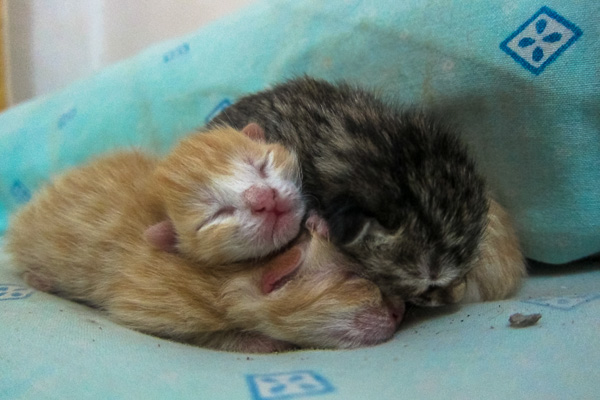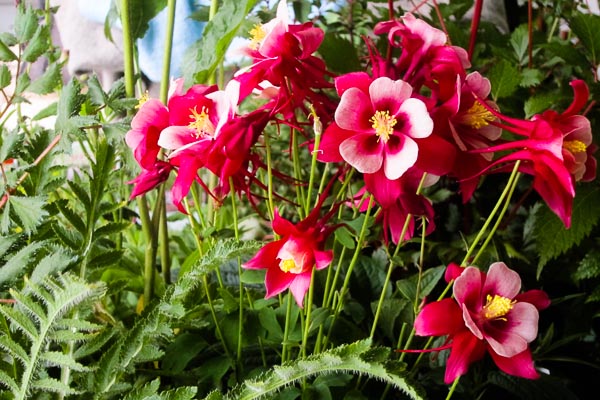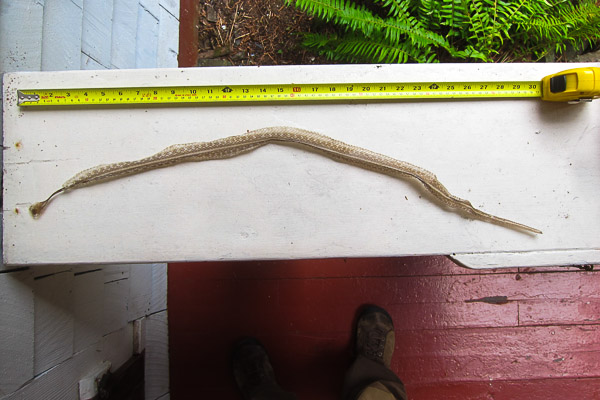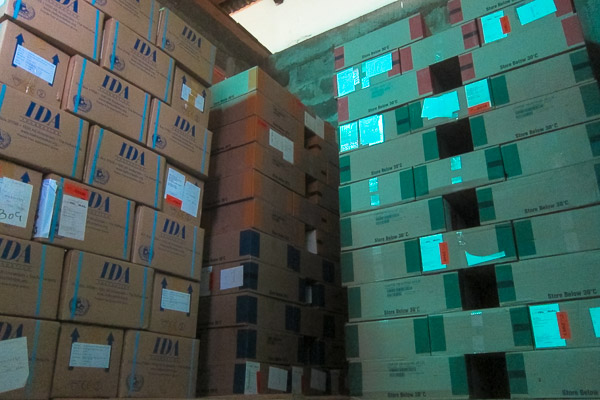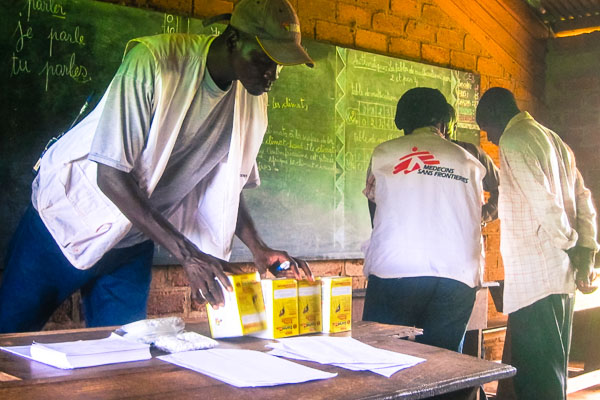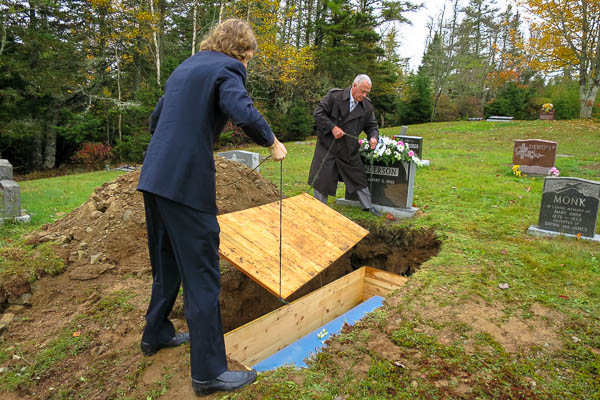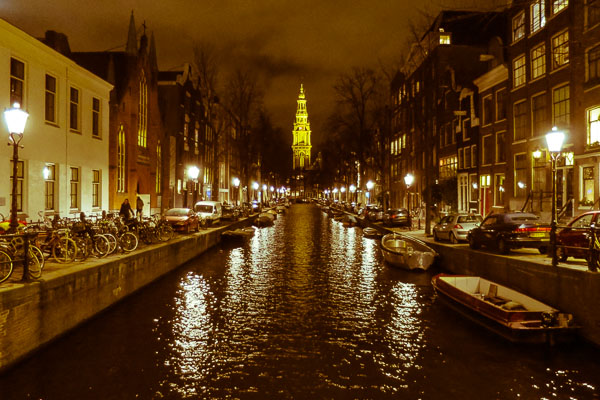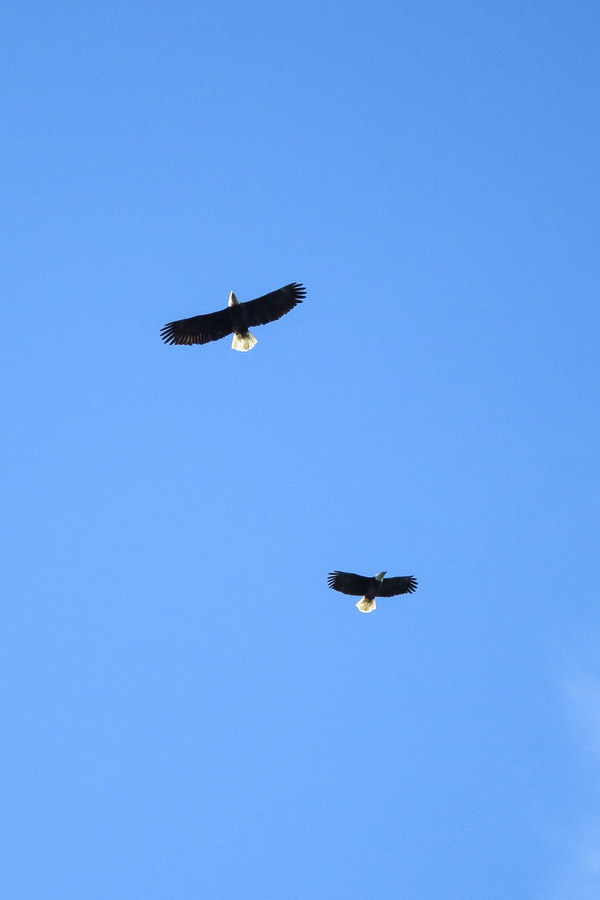Caution: this blog post has my favourite rainbow photo in it. Just in case you don’t like rainbows.
I started this blog ten years ago, but I didn’t start writing long-winded, chart-riddled, tiresome annual updates until Christmas Day in 2008. So, only 21 days later than planned, here’s my seventh annual annual update: tenth anniversary edition. Here’s what I did in 2014, illustrated with 112 photos. Protip: you can now click on any photo in my new blog posts, which will open up the high-resolution version of that photo in a new tab or window (unless your pop-up blocker dislikes me).
Key facts and figures:
Afghanistan, Sri Lanka, Afghanistan, Netherlands, Belgium, Netherlands, Belgium, Netherlands, Luxembourg, Belgium, Netherlands, Canada, Netherlands, Central African Republic, Germany, Canada, Netherlands, Sierra Leone, Netherlands, Canada.
38 flights, 9 countries, 1 rose arbour
January
On New Year’s Day 2014, I woke up in my cosy room with vaulted ceiling and whitewashed mud-brick walls as thick as my arm is long, to a frigid winter day in Lashkar Gah, provincial capital of Helmand, Afghanistan, where I was working with MSF (Médecins Sans Frontières aka Doctors Without Borders) as the Technical Services Manager at Bost Provincial Hospital.
We spent the month replacing the broken submersible pump in the primary hospital water well…
…repairing and repainting room B-17, which had been badly damaged in a gas heater fire in late December…
…building a structure to protect the big diesel incinerator we’d installed in December…
…removing unsafe heating appliances such as this one, to prevent further fires…
…and sending our 250 kVA generator to have its engine replaced.
February
We had snow in Lashkar Gah in February, for the first time in more than a decade / more than fourteen years / more than twenty years (depending on who you ask).
The snow lasted several days, which caused some problems. Our medical office roof, being flat, held the snow beautifully. However, once the team arrived for work in the morning and the heaters were all cranked up inside, the ceiling warmed up and the white rooftop carpet liquefied, leaving a heavy pool of standing water which began dripping through any small fissure it could find in the concrete roof. My team and I climbed onto the roof to shovel snow, push water, drill more drainage holes at the edges, and cover the area with plastic sheeting to divert the water to the drains. While we were up there, of course, we started an epic half hour air-to-surface snowball fight with staff on the ground below. The human resources assistant took this photo as I threw a snowball right at him:
With our new 30,000-litre water backup system built and running smoothly, in February we closed off the 45,000-litre metal tank perched atop a 12-metre steel tower and began the process of rehabilitating the tank, starting with a thorough cleaning. Before:
After:
On 13 February, I flew aboard the International Committee of the Red Cross (ICRC) plane from Lashkar Gah to Kabul.
The following day, I flew to Dubai for a connection to Sri Lanka, where I spent twelve days on holiday. I had an incredibly warm welcome in Colombo from Oxana and her son Nikita, who I’d met three months earlier in Nepal. Oxana took me south to visit the old city of Galle on the coast, to kickstart my Sri Lankan adventure:
I also took some trains…
…visited loads of ancient ruins in Anuradhapura, Mihintale, Sigiriya, Aluvihara, and Polonnaruwa…
…and drove a rental scooter all over the teardrop island, admiring the beautiful scenery, wildlife, people, and mouth-watering cuisine.
I flew back to Kabul on 27 February, and arrived back to my workplace in Lashkar Gah on 3 March.
March
The winter cold soon turned to beautiful spring weather. I spent the month admiring colourful auto-rickshaws…
…scaring other expat staff by handling a completely harmless snake (Coluber rhodorachis aka Jan’s Cliff Racer)…
…getting up close to the beautiful poppies that seemed to grow overnight everywhere we looked…
…watching lightning storms for hours at a time…
…discovering four kittens that hadn’t yet opened their eyes, born in the room next to mine…
…and going to Kim’s room after hearing her scream from across the compound, to catch and then release a swallow that didn’t understand the concept of a glass window being solid.
April
I left Afghanistan in mid-April, but before my departure we spent several days working to unblock the Bost Hospital sewage system several metres underground which, after years of having large and non-biodegradable items flushed down the toilets, had become completely clogged in multiple locations…
…finished condemning the former waste zone and converting that area into a materials storage area for bricks, sand, gravel, etc…
…and completed the new fuel delivery system with carbon steel pipes and rehabilitation of the two fuel reservoirs:
April was not only a month in which the opium poppies were in full bloom in Helmand…
…but also the first round of the 2014 Afghanistan Presidential Elections:
I flew out of Lashkar Gah for the last time on 17 April after nearly 9 months on the ground:
Very late the next day, I landed in Amsterdam, where Cathy met me at the airport. She drove me three hours through the night to Ghent, Belgium, where I spent most of the next four weeks, exploring the old town…
…eating tinned apricots with tuna and mayonnaise for Easter…
…and appreciating the spring flowers and their guests:
May
In May, in addition to seeing more of Ghent…
…I stopped briefly in Antwerp…
…spent a half day walking around a sunny but wind-chilly Rotterdam…
…and visited my old friend Pieter-Henk in the Hague, where he works as an artist at Suitup Studio in an underground nuclear bunker:
I also made an impromptu decision to visit Luxembourg, where I stared at pointy buildings from caves carved out of steep cliff sides…
…and visited a rainbow-girdled castle in Vianden:
On 15 May I flew back to Vancouver for some summer fun, and ended up spending most of the next two months on Bowen Island, including removing moss from the roof of Glencairn…
…and planting dozens of herbs and flowers, like these columbines:
June
I spent most of June on Bowen Island, where I began building a rose arbour to replace the one that had existed decades before, one side of which remained to inspire the design:
I also spent a few more days on rooftops, this time with a climbing harness and ascender, carefully removing several years’ worth of roof moss from Marycroft and Star of the Sea:
Before:
After:
July
In July, my brother Matt oversaw the big project of removing several hundred square feet of Hypericum aka St John’s wort, an invasive plant that was taking over the lawn on Bowen. Mom helped too!
Once the Hypericum was removed from the lawn, Matt did a grass dance to seed the lawn:
I found a snakeskin two and a half feet long in perfect condition – even the skin over the eyes remained intact!
While we worked, the deer chewed happily on all sorts of greenery:
It was nice spending so much time with all my siblings on Bowen; we even took a photo together down at the beach for our parents:
Matt also decided to build an arbour down near the boathouse, where there had been one many years before:
I hauled several logs from the beach up into the forest, where we worked with our cousins to shore up the path to their cottage:
In mid-July I left Vancouver for my next field placement with MSF in the Central African Republic (CAR). When I arrived on the ground in CAR, I helped out in the warehouses in Bangui for a while…
…ogled bizarre plants…
…watched the watchmen cook up a big pot of caterpillars…
…and then sat down to eat caterpillars with them:
At the end of the month, we drove up to Bossangoa and then on to Boguila. We had an MSF plane land during our visit, and I was hugely impressed by the team’s preparedness: not only did they cordon off the airstrip to keep the hundreds of villagers clear of the landing area, but they had fire extinguishers pre-positioned and a huge signboard angled up toward the sky with the airstrip name and coordinates:
August
In August, we were blocked on multiple occasions as French Foreign Legion convoys got stuck in the mud on narrow rural roads and made it difficult or impossible for us to pass:
I spent some more time in Bangui, during which time I got to do one of my favourite things: teach the warehouse team the basics of cardboard box masonry! Look at how beautifully they stacked the gloves and anti-malarial drugs:
I then flew east to Bambari, in Ouaka Prefecture, where I tried my hand at real stone masonry…
…then drove to Grimari, where I would spend the next two months. In Grimari, we got to eat the biggest mushrooms I’ve ever seen…
…and I made a huge effort to improve the working and living conditions of the office and guesthouse compound, such as building an additional shower and latrine, and working on the poor drainage as it was rainy season:
From Grimari, we supported several rural malaria treatment posts with training, supplies, and follow-up visits:
But first, we had to get to them, which often involved cutting through trees blocking the roads:
The conflict that brought us to the region had left thousands of homes burned like these:
We also ran mobile clinics, in which even the drivers and I participated by managing the setup and performing the rapid diagnostic tests for malaria:
September
In September, we crossed dozens of bridges, many of which we had to reinforce with planks we carried on the Land Cruiser roof racks…
…MSF medics dressed wounds at the Grimari health centre almost daily…
…ate raw coffee, straight off the tree…
…visited villages small and large, many of which had been decimated by the conflict…
…helped organise and setup more mobile clinics…
…did heaps of pull-ups and chin-ups after Mark taught me the different techniques…
…and tested hundreds of people for malaria with Yvon, one of our legendary drivers. He tested me a few minutes after this photo was taken, and it turned out positive! My first time catching malaria since 2010!
We also rehabilitated one bridge 6km south of Grimari and built this one from scratch 50km south of Grimari:
In September we also benefited from all the base improvements, as the heavy rain finally began draining properly:
October
I left Grimari on 5 October then spent the next two days assessing a new base and planning the rehabilitation and construction needed to make it useable, before flying to Bangui on 8 October for my planned departure back to Europe. On landing in Bangui, however, I got stuck at the airport. Violence had broken out in the city centre while our plane was still in the sky, so I spent a couple of hours hanging out at the airport with Joe, the MSF Flight Coordinator, before we received permission to drive to our house. For the next five days a group of us were stuck enjoying each other’s company and the sunsets at Château, the MSF house overlooking Bangui:
By 14 October, the security situation had stabilised sufficiently for me to fly out on a 19-seat United Nations Humanitarian Air Service (UNHAS) plane to Cameroon…
…from which I was able to fly via Paris to Berlin for meetings and aimless street wandering.
Two days later, following some interesting flight juggling, I arrived in Vancouver for a short break. Back in Canada, I spent time on Bowen Island admiring the autumn mushrooms…
…admiring Vancouver’s new stop sign template…
…and finally getting a taste of the Colin Jack Antidisestablishmentarianism Amber Ale – a beer created in memory of a great man who died unexpectedly in 2011.
Just after arriving in Vancouver, we got the sad news that our grandmother, Margaret Anderson (née Monk) had died back East in Nova Scotia. I boarded a plane in time to spend about 30 hours in Nova Scotia, though I forgot my suit on the plane when I disembarked in Toronto before my connecting flight, so for the funeral I had to borrow trousers from Matt and a belt from Josephine to pair with the shirt and tie I had in my carry-on. Dan and I stayed behind to help the funeral home close the grave and throw the first handfuls of soil in:
In scooping the soil with our bare hands, we found this friendly little Eastern red-backed salamander:
This was the first time ever in the history of the world that my entire immediate family was in Nova Scotia together, because my youngest sister was born after the six of us moved out West. Seeing as how it would also most likely be the last time, we took a team photo in Grandma’s backyard overlooking the Atlantic Ocean:
Back in BC, I returned to Bowen Island and worked some more on the summer’s unfinished arbour project, preparing the beams and rafters for the arch and cutting lots of notches in them:
I also got to celebrate Halloween for the first time since 2006! Every one of the intervening years had found me in countries where Halloween is hardly or not at all celebrated, so I was pretty excited! My sisters dressed up as dead My Little Ponies:
November
On 3 November, with a lot of help from my oldest brother in the cold rain (and food prepared by my mom inside), I got the top of the arbour installed at Bowen Island:
That same day we caught the ferry back to Vancouver just in time for me to pack my bags and get a ride to the airport that afternoon. When I brought my check-in luggage to the bag drop counter 2 minutes after the cut-off, the electronic boarding pass in my phone said I had seat 43A, which I’d chosen as the only window seat left online the night before. By the time I arrived at the gate, however, my phone was showing 13A! Sure enough, I’d been bumped to World Traveller (business class) on the long British Airways flight to London – dinner was Alberta tenderloin steak with a red wine gooseberry sauce and other fancily named foodstuffs.
After arriving in Amsterdam on 4 November, a large group of us attended a two-day MSF Ebola training course in a rented warehouse space, where we learned the basics we’d need to work in Ebola projects in West Africa. The training was well organised and included a mock-up of the layout of a large Ebola centre, complete with mannequins and fake body fluid spills to be disinfected and cleaned up!
We learned how to don and doff our personal protective equipment – the spacesuits and accessories you often see in the news media – and had MSF staff role playing as patients to be transferred from a modified Toyota Land Cruiser ambulance into the centre.
The modified Land Cruisers have a separation wall to protect the driver from exposure to Ebola if the patients in the back turn out to be positive cases. These vehicles also have a latch system (metal bits on the floor on the right-hand side of the photo) to secure a standard patient stretcher for transport. Very cool.
Five of us flew together through Casablanca to Freetown, while five others flew together through Brussels and Dakar to Freetown. By the morning of the 10th, we were on the road to our field projects. Some stayed in Bo, while most of us continued past Bo to a town called Kailahun, close to the border with Guinea and Liberia. On the outskirts of Kailahun was a 100+ bed MSF Ebola management centre. My role for the next five and a half weeks was to manage the logistics for the Ebola centre, more details about which I’ll post later on.
Getting my first pair of gloves on:
Working with Kalla, our handyman, to repair some fencing:
Stepping out of my spacesuit during the slow and careful undressing procedure:
We also had a visit from the President of Sierra Leone, Ernest Bai Koroma (pictured, wearing a white baseball cap) who toured the site rapidly and spoke to some of the staff before leaving:
One Sunday in November, I found this baby kingfisher near my room. He was by far the most beautiful and multi-coloured bird I’ve ever seen in my life. I spent about half an hour hanging out with him, during which time he even let me pet him!
December
In November, my team of carpenters built a new burning pit shade structure. In the first week of December, my team of daily labourers finished digging an enormous fire pit under the new structure, and we began burning scrap wood from the carpentry workshop in order to bake the walls of the pit before handing it over to the water and sanitation team for burning medical waste.
While we were working on that side of the Ebola centre, I found this cute little white tree frog (technically, I believe it’s called a shrub frog), in some orange net fencing that I was about to remove. He ended up spending the next seven hours hanging out on my neck before I found him a suitable tree.
One day I accompanied two medics to the local children’s orphanage, where MSF referred children who’d lost their parents because of Ebola. The friendly folks from the Public Health Agency of Canada lab, who lived and worked with us, had brought over loads of children’s items donated by their colleagues in Winnipeg, specifically for this orphanage, and we were the lucky people who got to distribute the stuff.
As the dry season took hold, the nights were cooler and we began waking up to foggy mornings more frequently. Driving through the fog to start each day, the leaves of the tall roadside trees played tricks with my mind, changing shape and shade as we moved closer.
As the rainy season had ended, the evening sunsets in December were magnificent. Huge groups of pied crows appeared as the rains subsided, and in the evenings would converge on certain large trees, like this one at the central mosque in Kailahun:
December was also the beginning of pineapple season in Kailahun, and I soon found myself receiving 1-2 pineapples on an almost daily basis as gifts. Each one had to be carefully and very thoroughly sprayed with a strong 0.5% chlorine solution, the same as we use for the bottom of our boots, before I would take them home to wash again and share with the others.
I spent a lot of time in December overseeing the manufacturing of hundreds of pieces of furniture and signage for a new Ebola centre in a place called Magburaka. As we already had a large carpentry workshop with 12 full time carpenters and a head carpenter on contract, plus a list of skilled labourers I could hire on a daily basis to be carpenters, the team in Magburaka asked me to sort their furniture needs while they got local carpenters to build the infrastructure for a 100-bed centre on the ground. We made most of the furniture in pieces that could be transported more easily and assembled by local carpenters in Magburaka.
On my final day in Kailahun, I took a walk with my assistant past the cemetery and a little village, arriving at a small clearing by the river. Only 10 minutes on foot north of the Ebola centre, we found ourselves looking across the river to Guinea:
I also spent a good chunk of that last morning hanging out with the Canadian lab staff, who allowed me to observe as they went through each of the stages of testing blood samples for Ebola RNA. The final step involves running a PCR (polymerase chain reaction) device for nearly an hour, as the results popped up in the form of a graph on their laptop screen. That day, several patients tested negative for a second time, which means we considered them cured and eligible for discharge – great news! When I left Kailahun on 18 December, there were only two patients remaining in the centre, which had been packed just a month before.
I landed in Amsterdam on 19 December, had debriefings on the 20th, spent the weekend wandering around town and hanging out with MSF friends, plus an intellectually stimulating coffee with my old friend Martin, then flew out on 22 December to Vancouver.
Landing in Vancouver, I spent some time speaking with the quarantine officer in her “office” which had been prepared the night before in a disused janitor’s closet at Vancouver International Airport. The only evidence it had been repurposed was the writing on this whiteboard:
After missing Christmas 2012 and 2013, it was nice to be home with family this year. We had our traditional Boxing Day party with the extended family over, including lots of food and good conversation.
I also learned that putting multiple people on the same smartphone video call and pointing two of the phones at each other creates a neat sort of melodic feedback loop with intriguing echoes. This particular group call ended up netting us fresh bagels hand-imported from New York a few days later:
On 29 December I went out to Bowen Island to enjoy the fresh ocean air and the next day, in the forest, we spotted two bald eagles circling directly overhead. Perhaps they were thinking I might make for a nice lunch?
The next day, I went to a huge eatART party to ring in the new year, and then… [2015 annual update coming in approximately 11.3 months].
















